 above: Public Transport similar to the one in which we were involved in a crash
above: Public Transport similar to the one in which we were involved in a crashIt was during the rain season when travel anywhere was hazardous. There were sections of Sierra Leone that received 200 inches of rain between May and October. In Kenema there was less rain but the rain came daily and when it came, it came in torrents. And since the roads were mostly latterite and clay, when the rains came the roads became a slippery quagmire of ruts, mud, and danger. Lorry drivers although for the most part capable, were willing to take risks and leave the rest to God. This might include racing for a one lane bridge with a driver coming in the opposite direction. On many a lorry was the saying, “E lef pan God,” or in translation everything was up to God and thus personal responsibility for road accidents did not exist – or at least most of the time it didn’t. Kenema was 240miles from the capital – Freetown. But during the rains this could take 24 hours. At times the roads were impassable. In those days Peace Corps volunteers were obliged to take “public transport.” We could not own vehicles due to the earlier Peace Corps experience in which too many accidents resulted from volunteers who had motor scooters. We could use bicycles but the roads were too hazardous for these. It was the end of our first year when after many safe trips we experienced our first accident. We were headed back to Kenema from Freetown. After passing the Town of Bo it started to drizzle and then rain. We were sitting in the back. As we headed on I began to notice that the lorry was slipping a lot yet traveling much too fast for the conditions. Yet on we went until, on a very treacherous stretch of road the driver lost control, and the lorry tipped over several times in going off the road. For some reason I remember landing outside the vehicle and on all fours. Susan was not so lucky. In the chaos that resulted I yelled out for her and heard nothing. In my search I found her, unconscious in the crowd of passengers now expelled from the back – and she was unconscious with blood coming from her scalp. I picked her up and carried her to a safer place – and thankfully she came to and except for the scalp gash was fine. I was one of the few that was unscathed although I remember to this day the sense of doom that I had as the car first started to go out of control. The lorry boy next to me and at the back of the vehicle had sustained a mortal internal injury which was all too obvious as I assessed the needs of other passengers. There were others badly injured as well. And there was no one on the road to help. Perhaps it was other lorries who came upon us who helped, or perhaps villagers from nearby. At some point we were returned to Bo and the government hospital there. I remember an Indian doctor sewing up Susan’s gash. We stayed that night in Bo at the Peace Corps hostile there. The next morning – on we went – to Kenema. We were lucky that in all our many travels in-country this was our only accident.





































































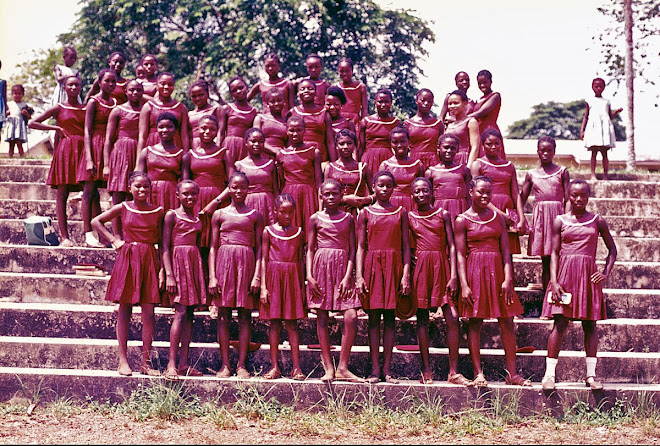.jpg)



























































































































































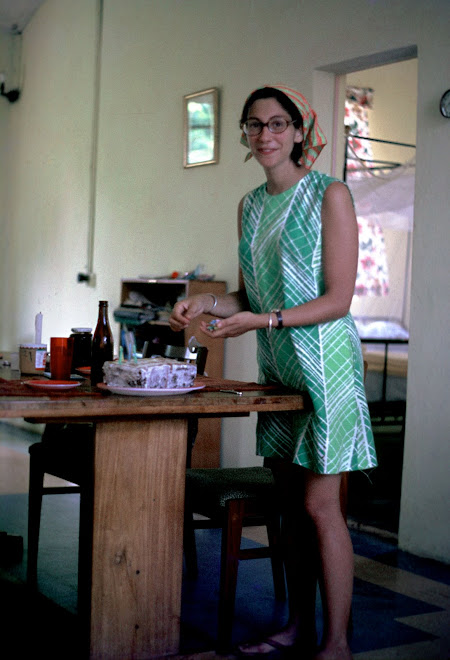
































































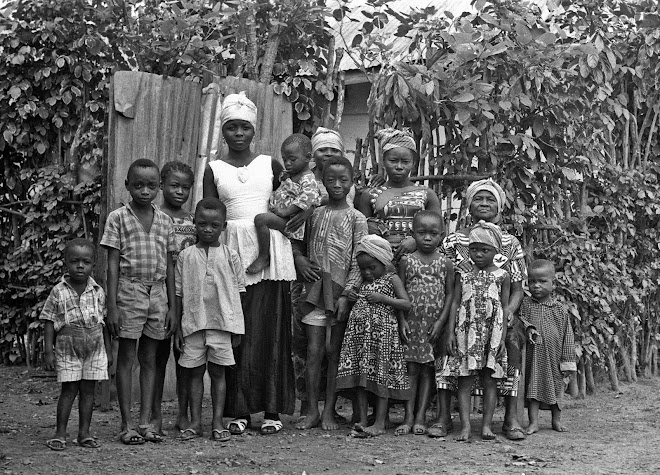.jpg)





































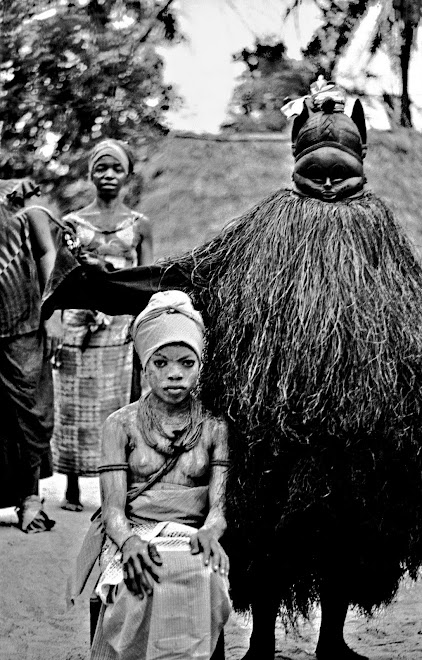-1969.jpg)

















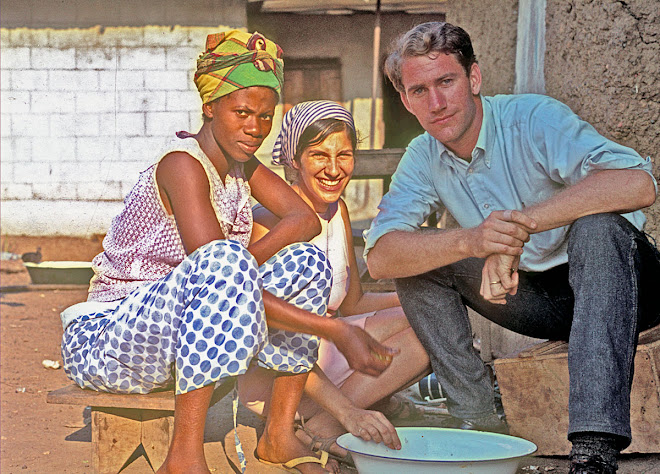













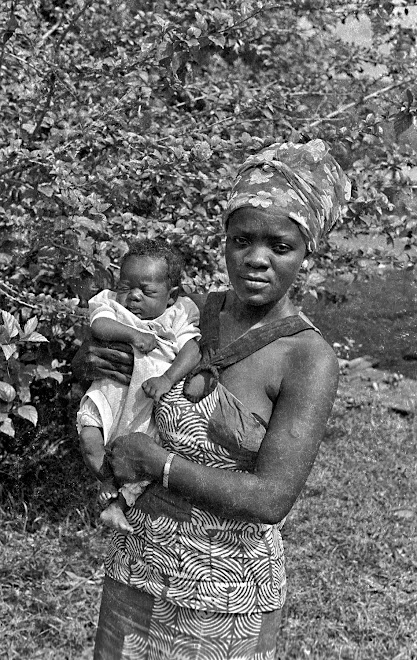-w--child.jpg)



1 comment:
Chad, What an amazing set photographs. It takes me back to the days and nights in Kenema. Thanks for posting them.
John Rabideau
Post a Comment